Connecting the dots: Effectively communicating science to non-scientists
Research!America and the Executive and Professional Education program at George Washington University’s School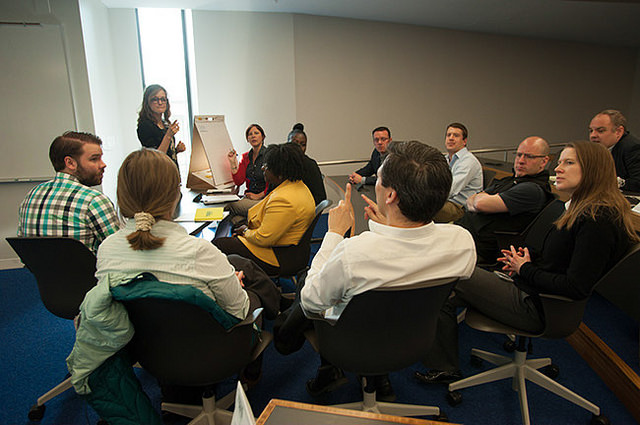 of Media and Public Affairs (SMPA) co-hosted the two-day workshop, “Connecting the Dots: Effectively Communicating Science to non-scientists,” on April 13-14 at the Milken School of Public Health on the campus of George Washington University in Washington, D.C.
of Media and Public Affairs (SMPA) co-hosted the two-day workshop, “Connecting the Dots: Effectively Communicating Science to non-scientists,” on April 13-14 at the Milken School of Public Health on the campus of George Washington University in Washington, D.C.
Frank Sesno, director of SMPA at GWU, shared his enthusiasm about the program during brief opening remarks and invited some of the participants, 34 scientists and communicators from research institutions, scientific societies, patient groups and government agencies, to kick-off the program by describing their specific research.
Dr. David Karpf, professor at GWU, led the day’s first session about strategic scientific communication, emphasizing that “strategy is a verb, not a noun” and encouraged attendees to “make science relevant for the dinner table” to help close the knowledge gap between scientists and non-scientific audiences. During this session, participants engaged in breakout sessions and presented their ideas on ways to reach different audiences including, the public, media, and potential funders.
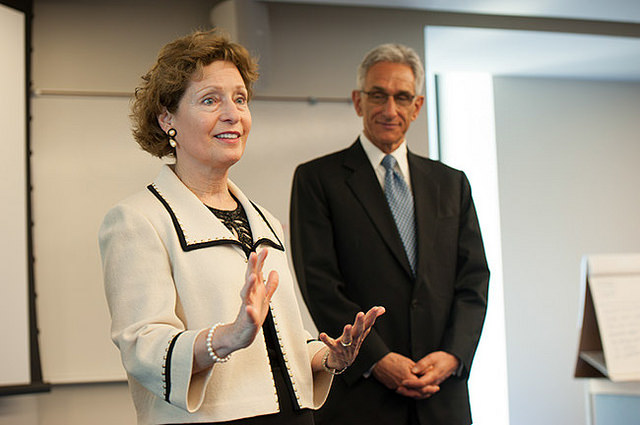
Building on the importance of developing an effective strategy, Dr. Regina Nuzzo, science communicator and Dr. Emily Thorson, professor at GWU, talked about the difficulties of explaining the scientific process, which is non-linear and can be difficult to understand, but essential for connecting with non-scientists. Dr. Thorson challenged the participants to think about their audience and not make assumptions they share the same values or knowledge base. Dr. Thorson and Dr. Nuzzo offered their insights on how to turn data into meaningful, emotional stories.
Translating science into compelling stories was the focus of the second session that opened with remarks from Dr. Jay Gershen, president, Northeast Ohio Medical University and Research!America board member. Dr. Gershen encouraged participants to align themselves with their respective institutions’ mission to increase awareness of their research. He provided an example of a scientist at NEOMED who connected with a potential donor by describing the potential health impact of his research which ultimately led to funding for his studies.
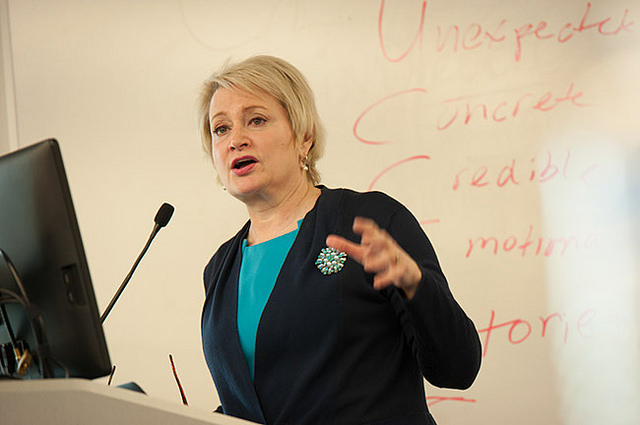
Dr. Mary Hendrix, president and scientific director at The Stanley Manne Children’s Research Institute and Research!America board member, spoke about her experience addressing a large audience skeptical about human embryonic stem cell research. “It was important that I didn’t start just listing the facts of the issue,” she said, adding that it was essential for her to add context and build consensus with the audience. She also pointed out that preparation is key to an effective narration and offered Research!America as a resource for tools and information to help frame a message.
Maryanne Culpepper, former president, National Geographic Television and Denise Cetta, producer, 60 Minutes then discussed how visuals can translate complex scientific data into interesting stories. For example, Culpepper explained that more areas of the brain are activated when listening to a story versus a lecture. She suggested communicating stories in three different acts, the problem, action and solution. Cetta noted that the process for story development as a producer at 60 minutes was to first identify the stories and characters, then link them to a relevant issue. She showed several segments that aired on 60 minutes, including “Killing Cancer.” “I always get very excited when one of our stories can include basic scientific research, so people can understand that journey,” she said. Dr. Nuzzo rounded out the session by adding that the secret sauce to telling a good story is “setting up that sense of wonder…”
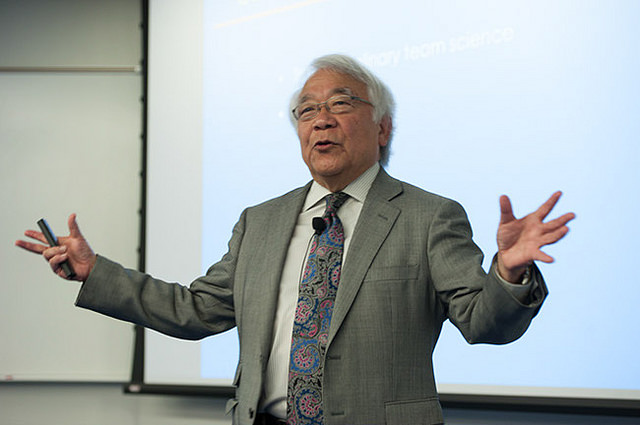
Susan Dentzer, senior health policy advisor at the Robert Wood Johnson Foundation and Research!America board member, suggested the “succes” approach to crafting a compelling message for media: simple, unexpected, concrete, credible, emotional and stories. “The more elements you have the of the ‘succes’ model, the more your story will stick,” she said.
When working with media, Cheryl Thompson, associate professor, GWU SMPA and Washington Post reporter, and Steve Norton, instructor, GWU SMPA and former reporter, offered some practical tips on working with journalists. Thompson recalled her experience writing an article about the space shuttle Columbia and her positive experience reaching out to scientists who explained the nuances of the space mission. “Most reporters don’t have a hidden agenda,” she remarked. “They want to write their stories in a clear and concise way.” Norton encouraged attendees to develop relationships with journalists, “Call (them) when you’re not selling something,” he said.
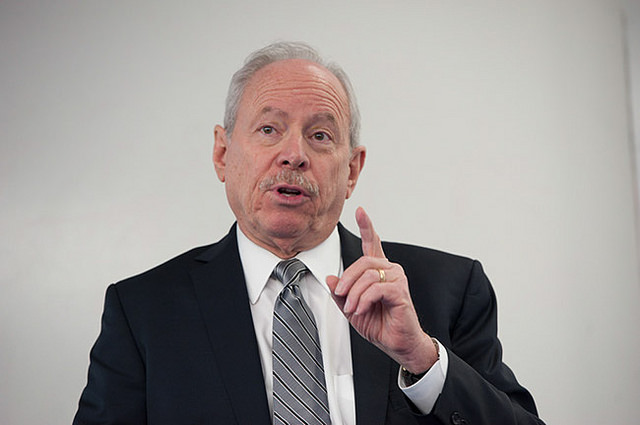
In addition, all the media experts participated in a Q&A session following each individual lecture. Frank Senso conducted a mock interview with one of the participants and the panelists provided feedback.
Dr. Keith Yamamoto, executive vice dean, UCSF school of medicine and Research!America board member, addressed the role of scientists as communicators. “The best science, practices and policies must be built, overseen and communicated by scientists,” he said. Dr. Allen Leshner, CEO Emeritus at American Association for the Advancement of Science (AAAS) and Research!America board member, spoke about his experiences communicating with science skeptics. “If you want to influence a skeptical public…you have to start with public engagement…(scientists) need to communicate with the public not at the public,” he said.
Other workshop sessions included developing and delivering presentations, incorporating the use of metaphors in storytelling and social media engagement.
To view more photos of the program, click here.




